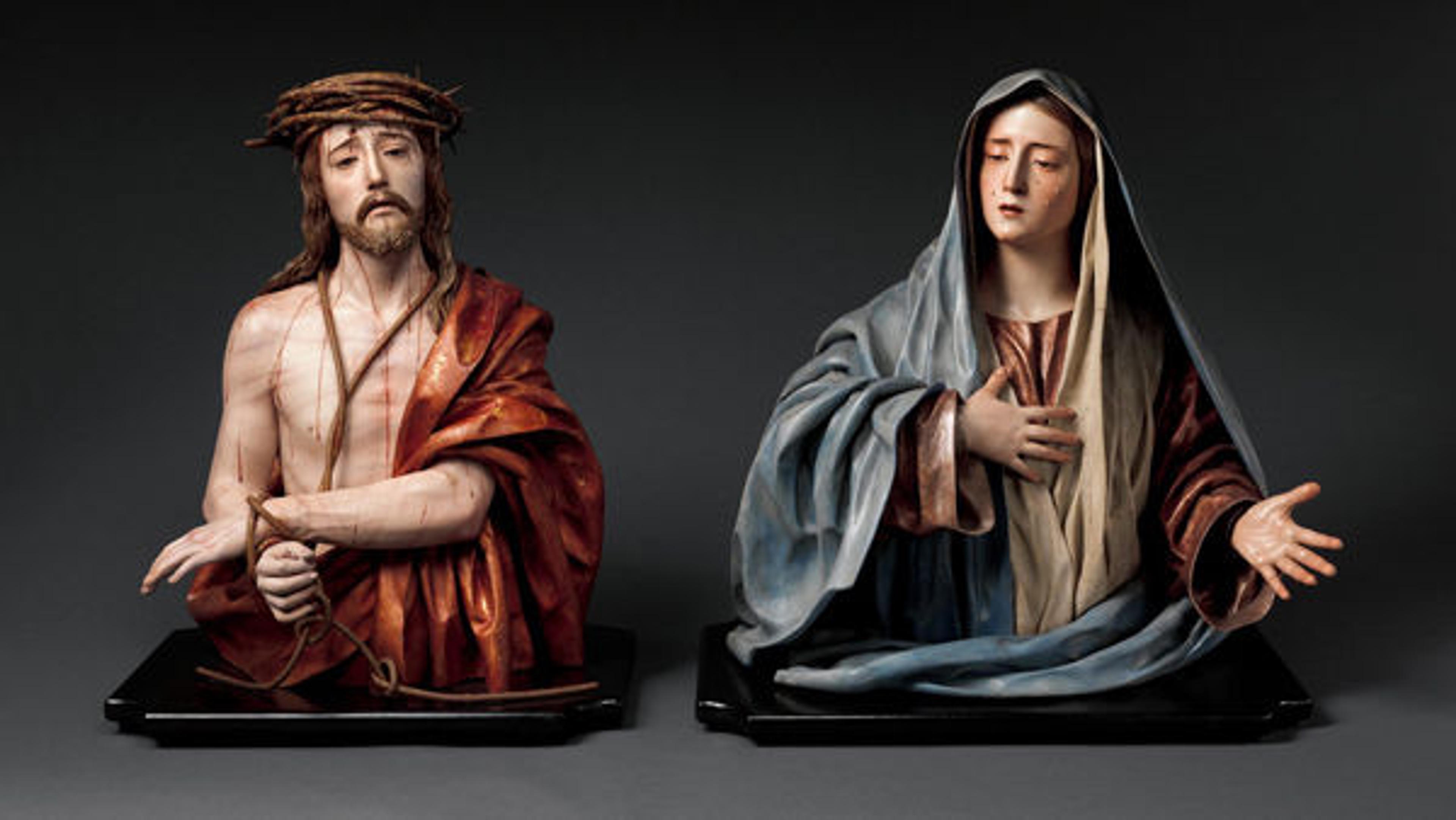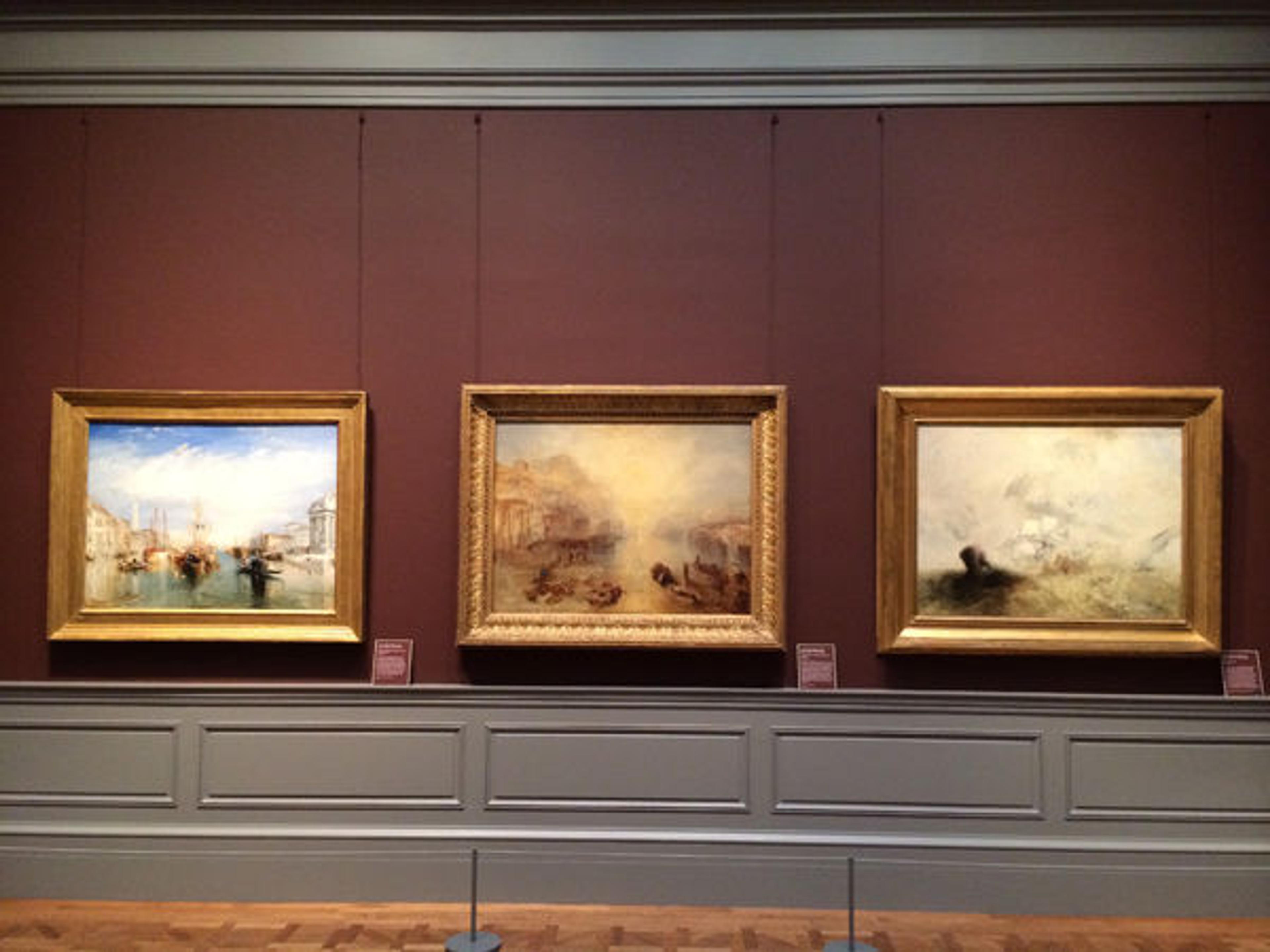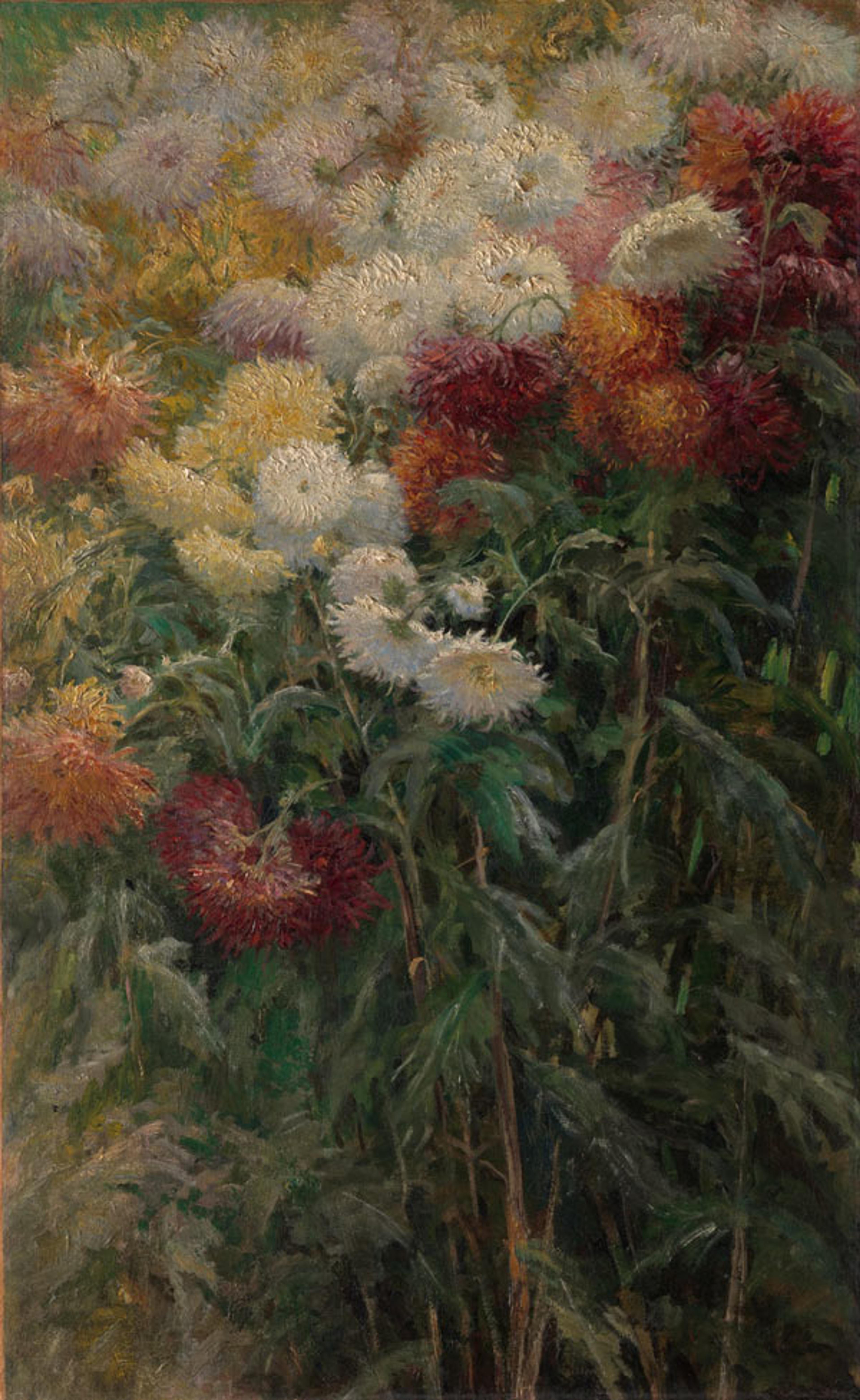New Arrivals in the European Paintings Galleries

Gallery 617, dominated by Charles Le Brun's portrait of Everhard Jabach and His Family. Photograph by the author
«When was the last time you walked through the Metropolitan's European Paintings galleries? If it was more than a year ago, you've missed some major additions and changes.»
The biggest—in physical terms, but also in its artistic and historical importance—is the family portrait of the German banker-collector-dealer Everhard Jabach and his family by Louis XIV's chief painter and art advisor, Charles Le Brun (1619–1690). Surely among the most outstanding acquisitions by the Museum in the last twenty years, it dominates gallery 617, which is dedicated to painting in France during the period the French still refer to as the "Grand Siècle"—their golden age.
In gallery 622, with its unique collection of oil sketches for ceilings and altarpieces by the great Venetian Giovanni Battista Tiepolo (1696–1770), two further pictures have been added. Oil sketches, or modelli, are the freely painted works that an artist showed his patron in preparation for undertaking a major project. They were valued for the way they took one into the process of creation. Through acquisitions made over the last eight years, it is now possible to match Tiepolo's talent with those of his contemporaries in Austria and Italy: a ceiling sketch by Anton Maulbertsch (1724–1796), a project for a tapestry by Corrado Giaquinto (1703–1766), and modelli for an altarpiece and a ceiling by the brothers Ubaldo (1728–1781) and Gaetano Gandolfi (1734–1802).
The El Greco/Zurbarán gallery (gallery 611) has been transformed through the display of Spanish sculpture, including two recently acquired works by Pedro de Mena (1628–1688), the most outstanding sculptor of devotional sculpture in the second half of the seventeenth century. The realistic terms of his busts of Jesus and Mary will astonish you—and make you see Spanish painting in a different way.

Pedro de Mena (Spanish, 1628–1688). Ecce Homo and Mater Dolorosa, ca. 1674–85. The Metropolitan Museum of Art, New York, Purchase, Lila Acheson Wallace Gift, Mary Trumbell Adams Fund, and Gift of Dr. Mortimer D. Sackler, Theresa Sackler and Family, 2014 (2014.275.1–2)
And don't miss the extraordinary series of paintings by George Stubbs (1724–1806) in gallery 629 that have been lent to the Metropolitan by the Yale Center for British Art. (Learn more about the exhibition in this Now at the Met post.) Or Turner's extraordinary painting, Ancient Italy—Ovid Banished from Rome, which has been lent to the Museum by a private collector. It's the centerpiece of gallery 808, which is dedicated to nineteenth-century British painting.

The Turners in gallery 808. Photograph by the author
You certainly won't want to miss Gustave Caillebotte's beautiful painting of chrysanthemums in gallery 824. The Metropolitan has one of the greatest collections of Impressionist and Post-Impressionist paintings in the world, including wonderful flower pictures by Auguste Renoir (1841–1919) and Claude Monet (1840–1926), but prior to this gift from the Honorable John. C. Whitehead, we lacked a work by this major painter, a friend of Monet.

Gustave Caillebotte (French, 1848–1894). Chrysanthemums in the Garden at Petit-Gennevilliers, 1893. The Metropolitan Museum of Art, New York, Gift of the Honorable John C. Whitehead, 2014 (2014.736)
And then there is the addition of a hauntingly beautiful work by the Belgian Symbolist Fernand Khnopff (1858–1921)—another newly acquired picture that signals our desire to give a richer sense of the major artistic achievements outside of France.

Fernand Khnopff (Belgian, 1858–1921). Hortensia, 1884. The Metropolitan Museum of Art, New York, Purchase, Bequest of Julia W. Emmons, by exchange, and Catharine Lorillard Wolfe Collection, Wolfe Fund, and Promised Gift of Charles Hack and the Hearn Family Trust, 2015 (2015.263)
As these works make clear, the Met's collection—so far from being a static collection of canonical masterpieces—is a work in progress and always repays repeated visits.
Keith Christiansen
Keith Christiansen, John Pope-Hennessy Chairman of the Department of European Paintings, began work at the Met in 1977, and during that time he has organized numerous exhibitions ranging in subject from painting in fifteenth-century Siena, Andrea Mantegna, and the Renaissance portrait, to Giambattista Tiepolo, El Greco, Caravaggio, Ribera, and Nicolas Poussin. He has written widely on Italian painting and is the recipient of several awards. Keith has also taught at Columbia University and New York University's Institute of Fine Art. Raised in Seattle, Washington, and Concord, California, he attended the University of California campuses at Santa Cruz and Los Angeles, and received his PhD from Harvard University.